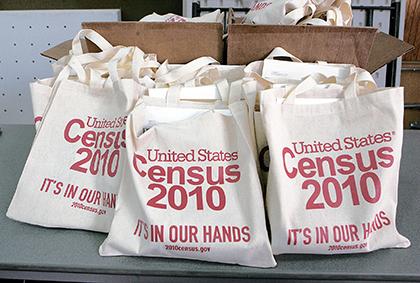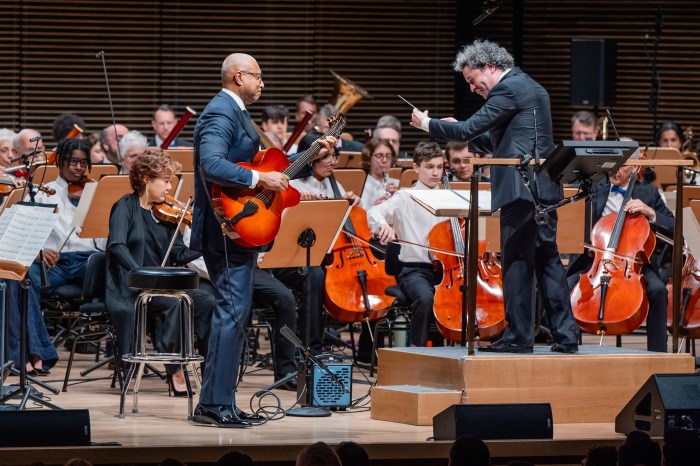By Howard Koplowitz
The outreach efforts to get Queens residents to fill out and return their census forms have paid off after the borough increased its participation rate by 3 percent over 2000’s response rate, according to the latest figures.
In 2000, 56 percent of Queens residents mailed back their census forms, while 59 percent have mailed them back this year.
“We’re happy that Queens was able to surpass its participation,” said Igor Alves, a spokesman for the U.S. Census Bureau’s New York Region.
Alves attributed the jump in the response rate to the 20,000 partners the bureau has collaborated with in the city, including religious institutions and nonprofits.
“There was a much broader comprehensive effort that the Census invested into the partnership program” than in 2000, Alves said.
Out of the five boroughs, Queens’ response rate was the second worst, behind Manhattan at 67 percent, Staten Island at 64 percent and the Bronx at 61 percent. Only Brooklyn had a lower response than Queens at 54 percent.
The highest response rate in the borough was from a census tract in Fresh Meadows, where 84 percent of households turned in forms as of Monday. That tract had a response rate of 63 percent in 2000 — making this year’s rate a 21 percent point increase.
The worst rate in Queens was a census tract near York College in Jamaica with a 25 percent response rate — a 25 percentage point decline from the tract’s 50 percent participation rate in 2000.
In the roughly seven census tracts in Little Neck and Douglaston, a tract near Little Neck Bay did the best at 79 percent. That tract had a 70 percent response rate in 2000.
In Richmond Hill and South Richmond Hill, where the Richmond Hill 2010 Census Committee was formed to improve the neighborhoods’ dismal response rates of 2000, hardly any tracts posted response rates over 50 percent, although most of the area had increased its numbers from 2000.
The best improvement in that area came from a census tract in South Richmond Hill that had a 48 percent response rate this year vs. a 37 percent participation rate in 2000 — an 11 percentage point increase.
In Richmond Hill, another tract had a 53 percent response rate this year and a 43 percent participation rate in 2000 — a 10 percentage point increase.
In western Queens, most response rates ranged between 41 percent and 60 percent.
The best-performing census tract in that part of the borough was in Corona, where there was an 80 percent response rate — a jump of eight percentage points over its performance in 2000.
Alves said the Census Bureau employed more than 100 trained partnership specialists who spoke over 40 languages. He said the Census Web site translated content into 60 languages and also said public service announcements, including a campaign from the New York Mets, attributed to the increase in response rates.
He said the city’s Census office also had a stronger public relations campaign than in 2000 and that census information was disseminated at 100 events in the city, including parades.
The final numbers on response rates were expected to be completed Wednesday, Alves said, but he believed the tally should not jump more than 1 percent.
He said the diversity of the borough makes the outreach efforts more complicated.
“Queens is unique in just the volume of the immigration that affects Queens,” Alves said. “It presents some unique challenges.”
Reach reporter Howard Koplowitz by e-mail at hkoplowitz@cnglocal.com or by phone at 718-260-4573.
































